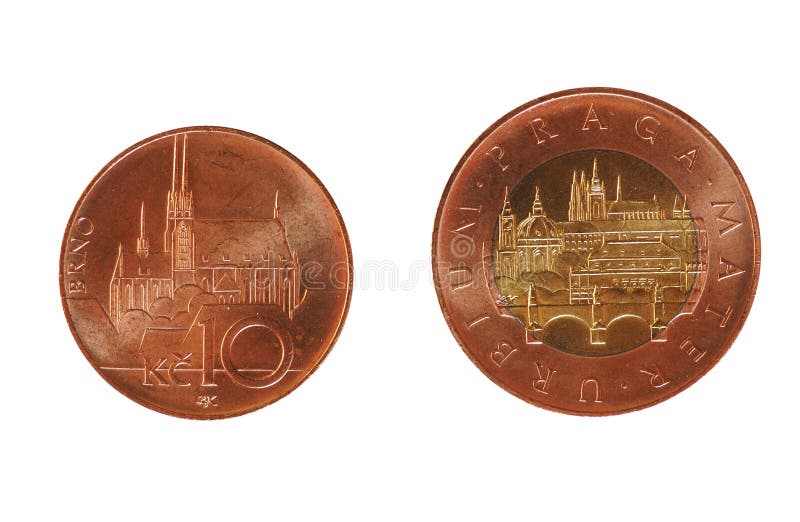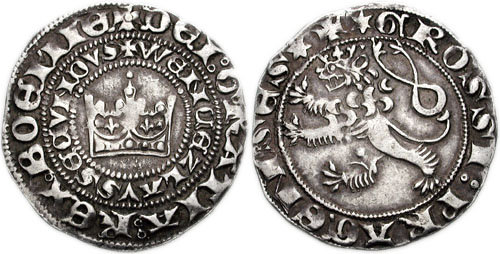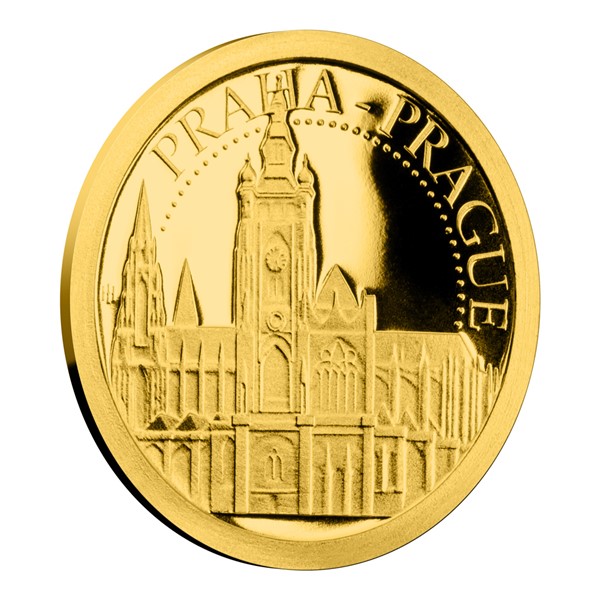Handy Reasons On Antique Finish Prague Mint Medals
Wiki Article
How Is A Plaster Mold Created To Serve As An Initial Physical Representation Of The Gold Medal Or Coin?
A gold coin or gold medal design can be used to serve as a design reference for the artist or designer. The design may be drawn by hand or a digital model that is created with graphic design software.Choosing the appropriate medium- Plaster is a common material used to create maquettes because of its flexibility and its ease of shaping. Other materials such as wax or clay can also be used.
Plaster Preparation- The plaster is mixed with water in order to form a uniform consistency that can be worked. It is crucial that the mixture is smooth, free of lumps and uniform to create an environment for mold.
The Base- A base or platform is created where the maquette will be created. This base could be a wooden board or a flat surface which provides stability.
Making the MaquetteUtilizing the design of gold as a model The artist then begins to sculpt the design into the plaster. This involves shaping plaster to create relief or a 3-D rendition of the medals or coins.
Detailing and refinementThe artist focuses on adding details, improving the shape of the design, while also ensuring exactness of features and proportions in the design. This stage demands accuracy and focus.
Allowing for Drying and SettingAfter the sculpting process is done, the sculpted has to be allowed to dry and set. This will allow the maquette to set and keeping its shape.
After drying, it's finished and smoothed to remove any bumps, imperfections or rough areas.
Preservation and Sealing - To keep maquettes and make them ready for further processes, such as scanning or mold making, an adhesive or protective layer may be put on.
The plaster maquette is an 3D, tangible representation of the design that is used to create a gold coin or medal. The maquette of plaster is used to make molds for mass production and also to serve as a source material for other stages of the manufacturing process. Check out the top rated Prague Mint gold medals plaster molds blog info. including 1 oz gold buffalo coin, gold eagle price, gold coins for sell, cost of silver coin, gold coins and bullion, gold bullion bars for sale, canadian gold maple leaf coin, 2000 dollar coin, 24k gold coins prices, gold and silver dealers near me and more.
How Can The Janvier Machine Transfer Gold Coins Or Medals Design To The Working Hub From The Master?
A Janvier machine can also be referred to as pantograph, also known as a reduction machine. It's used to transfer the designs of a coin or medal from a master to the working center. Here's a brief overview of how it works. Master Hub Creation-
The master hub, sometimes referred to as the original die or mold it is the mold or die that has the exact design and layout of the coin. To ensure its accuracy the hub is usually made using CNC machining and other precision techniques.
Janvier Machine Installation and Setup
The Janvier Machine is comprised of two elements which include a stylus that trace the design and a cutting tool that cuts out the design.
The master hub is securely mounted on the Janvier machine, serving as a template upon where the design can be transferred.
Tracing the design-
The Janvier machine features stylus that follows the contours, details and the design of the master wheel. As the stylus moves along the surface of the hub master, it records the design's profile.
Reduce the Design
The Janvier machine copies simultaneously the design that was traced out onto the hub for work. This is usually made of softer materials than the master wheel such as nickel or steel.
The cutting tool reproduces or cuts down the design of the working hub to the size or scale in comparison to the master hub. This is crucial to the process of minting as it allows for the making of medals or coins at the exact size.
Precision and Accuracy
The Janvier machine operates with precision to ensure an exact transfer of the layout from the master hub to the operating hub. It faithfully reproduces even the smallest contours and details.
Quality Control -
The resultant hub is subject to quality inspections and a final inspection to ensure the transfered design meets the specifications and precision required for the striking process.
Additional Processing
The working hub that is created by the Janvier machine is used as a tool in the coin or medal striking process. It serves as the mold or die to create multiple blanks for medals or coins with the transfer design.
The Janvier machine's purpose is essential for the minting process which allows for the replication and reduction of intricate medal designs from master hubs to working hubs precisely. These working Hubs are used for the production of large quantities of coins and medals by the strike process. See the top janvier processing Czechoslovakia gold coins site recommendations. including 2000 olympic, silver double eagle coin, gold coin price today, mexican gold coins, 100 gm gold biscuit, 1 10 ounce gold coin, small gold coins, 1972 gold dollar, buy gold biscuits from bank, $20 gold piece and more.

What Is The Reason Dies Are Polished By Hand In Order To Provide A Flawless Surface For Gold Coins And Medals?
It is important to hand-polish dies to create an even and smooth surface. A smooth surface allows for better reproduction of intricate details and the fine details of the design onto the created medals or coins.
The die is polished to ensure that the medals and coins produced have sharp edges, well-defined details and relief. This increases the overall aesthetics and quality of the final product.
Reduced Wear & Tear- Polishing is a fantastic option to reduce friction and wear when striking. A smooth surface on the die minimizes the likelihood of defects or irregularities on the struck coins or medals due to rough surfaces on the die.
Consistency in Striking. Hand-polished dummies provide a consistent strike surface and guarantee uniformity during the coining process. For the design to maintain its precision, depth and overall quality the consistency is crucial.
Longevity of the Dies- Well-polished dies are less susceptible to damage or wear through the striking process. Dies are more durable and long-lasting, which allows for an increased number of strikes to be made without compromising on the quality.
Precision and Accuracy. Hand polishing enables engravers refine, fine tune and refine specific areas of the die. The particulars will be accurately reproduced on the struck coin or medal. The accuracy of a finished product is increased with this degree of precision.
Quality Control Polishing is an essential element of quality control. The inspection of the die in the process of hand polishing will allow the identification and correcting any imperfections before striking.
Surface Finish- Polishing provides an unique appearance or texture to medals and coins and increases their appeal.
Hand-polishing dies used for gold coins and medals is crucial to ensuring that the products created are of high quality, stunningly detailed, and of high aesthetic appeal. It's essential for the appearance, uniformity and long-lasting quality of the final product. See the most popular hand polishing Prague Mint gold coins blog examples. including five dollar gold coin, gold dollar, price of 5 dollar gold coin, gold coin shops near me, apmex gold coins, gold eagle, gold bullion gold, 5 cent piece, gold coin with angel on both sides, 1 10 oz american gold eagle and more.

How Do Gold Blanks Get Supplied And Stamped With High Pressure Into Coin Presses For Minting?
In the process of minting gold blanks are loaded into coin presses and then stamped under pressure to turn into finished pieces of gold or coins. Here's the overview of steps involved in loading blanks.
The gold blanks are placed into the feeder system, which is connected to the coin presses. This feeder ensures that the blanks are always delivered to the machine.
Feeding Blanks to the Press
The feeder system directs each blank into the area of the coin presses. This guarantees the exact placement of each blank to be stamped.
Alignment and Positioning
Inside the press, blanks are aligned and positioned in the chamber for striking making sure that they are perfectly aligned and aligned for the stamping process.
Fighting Under Pressure
The coin press is made up of two dies, one stationary and the other that moves. The stationary dent contains the impression of the design that is negative and the die that moves is known as the hammer.
The die that moves transfer the design from the blank onto its surface with considerable force. The force exerted by dies imprints the design which creates the relief raised and details on the coin, or medal.
Repeated Striking-
Multiple strikes can be utilized to create a better defined appearance or design on high quality coins and medals. Each strike refines the surface of the coin or medal.
Collection and ejection
The coins or medals will be ejected and placed in containers or trays after they have been struck. They undergo inspection for quality control to make sure that the designs are in line with the standards and requirements set by the manufacturer.
Post-Processing-
Based on the specifications for mint design the coins and medals could undergo additional treatments, such as edge lettering, reeding, or post-strike treatment.
Stamping under high pressure imparts the desired designs onto gold blanks, changing them to finished coins or medals that are ready for use in collections, circulation or even commemoration. This process is extremely precise because any alterations in pressure or alignment could impact the appearance and quality of the final product. Have a look at the most popular minting Czechoslovakia gold coins website info. including gold price jm bullion, 1 10 oz gold eagle, gold coins for sell, gold and silver shops near me, old silver dollars, gold bullion coins, gold coin gold, silver price in dollar, gold and bullion, gold & silver bullion and more.
